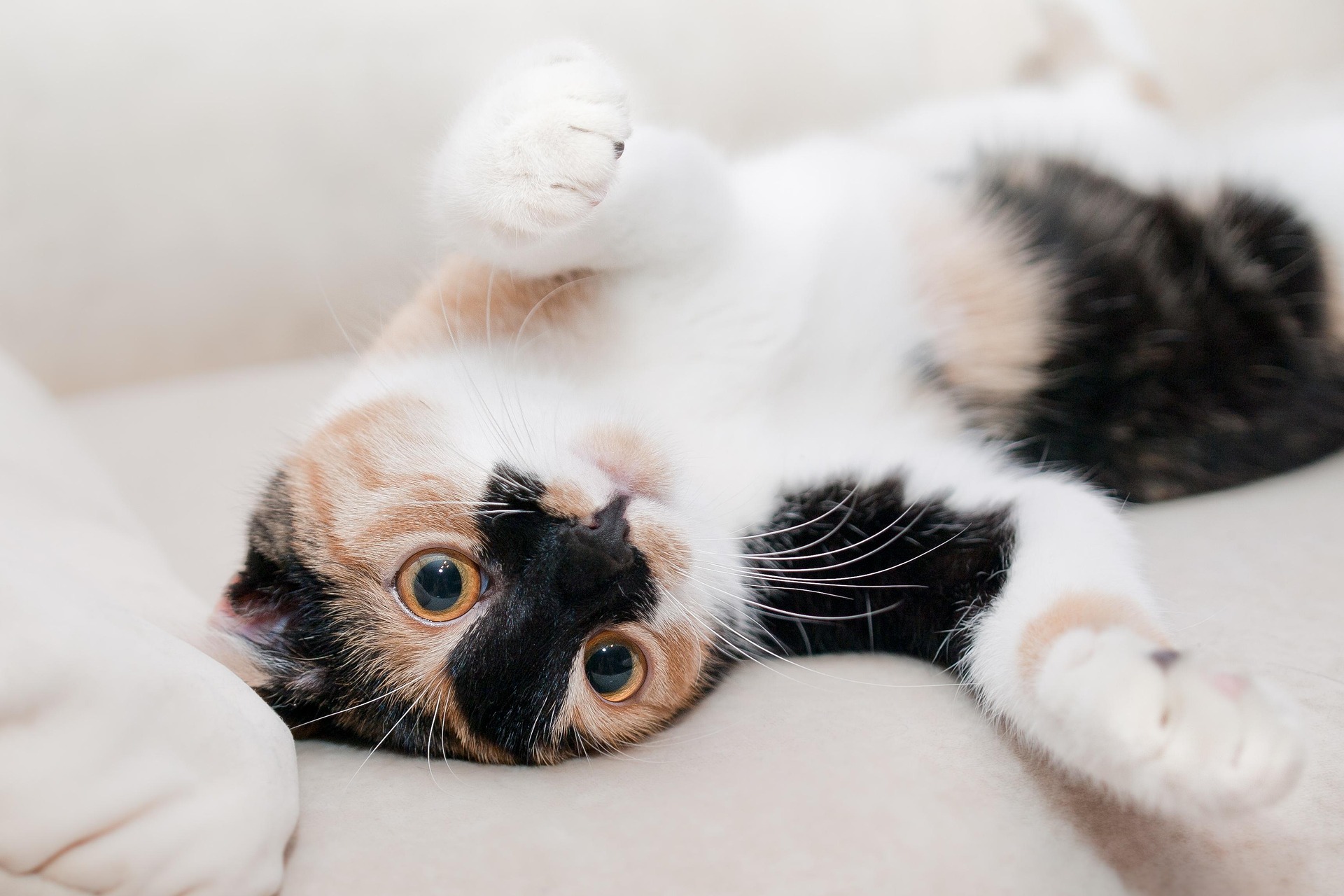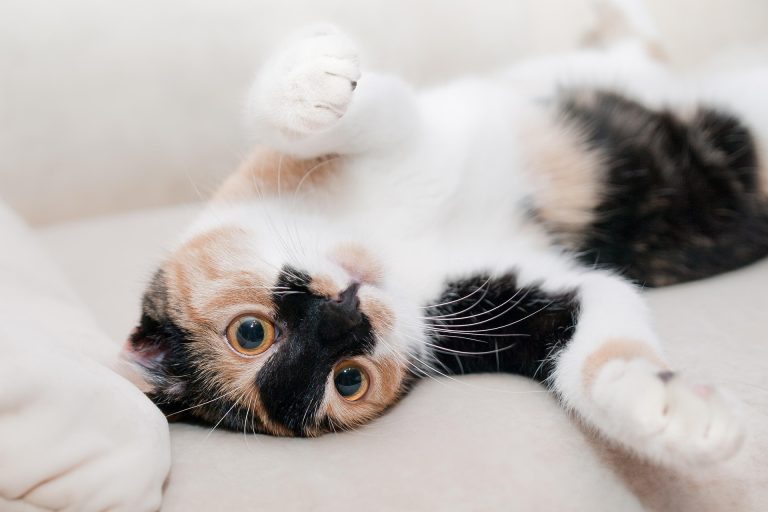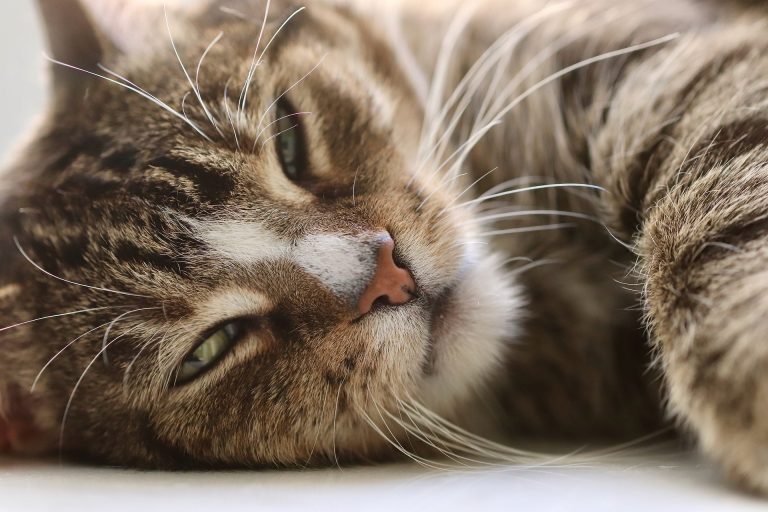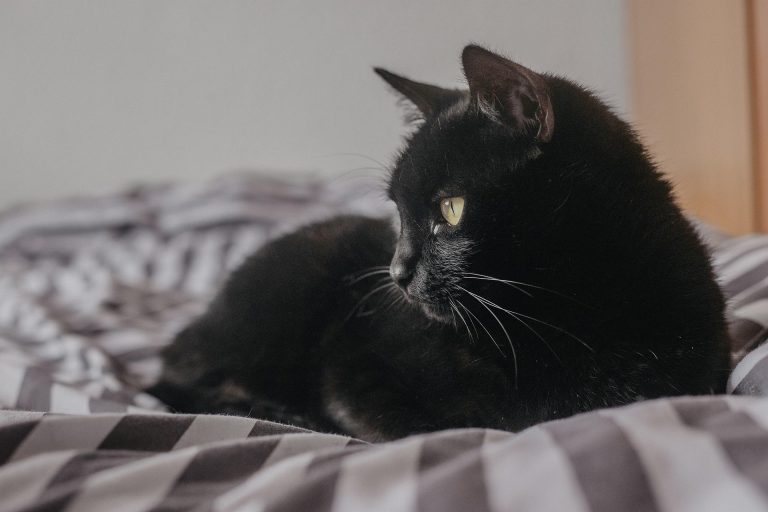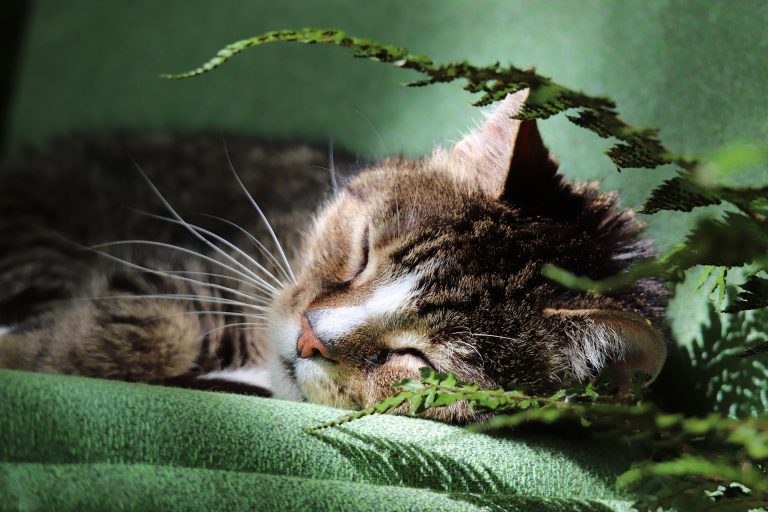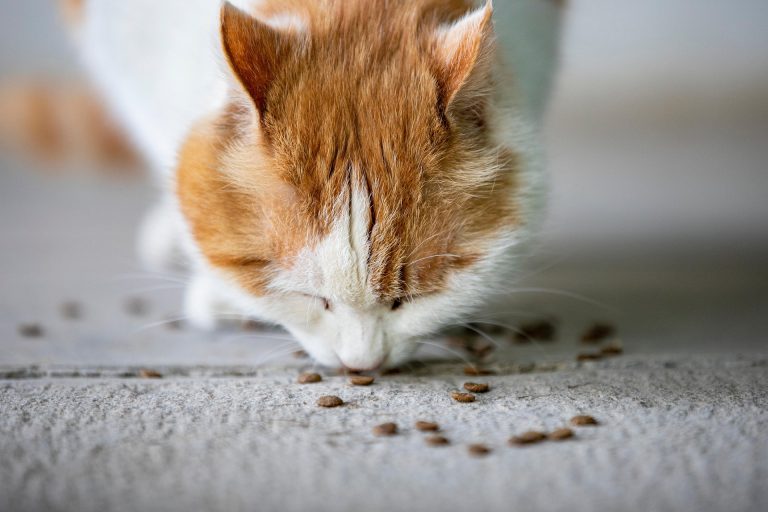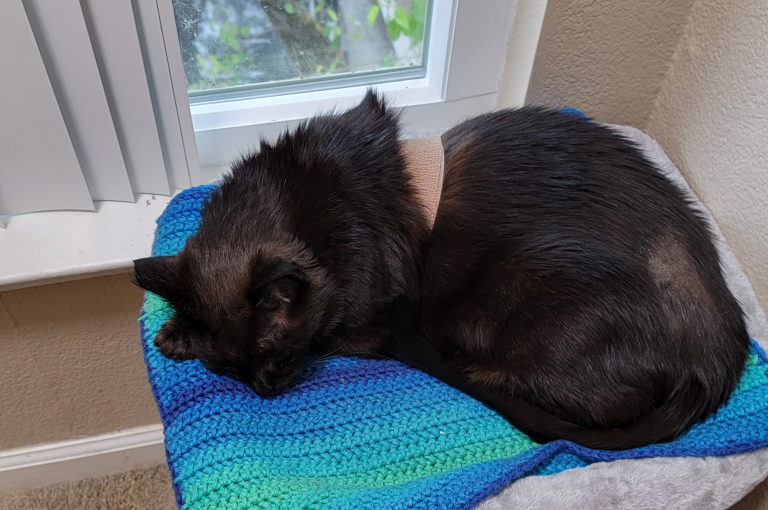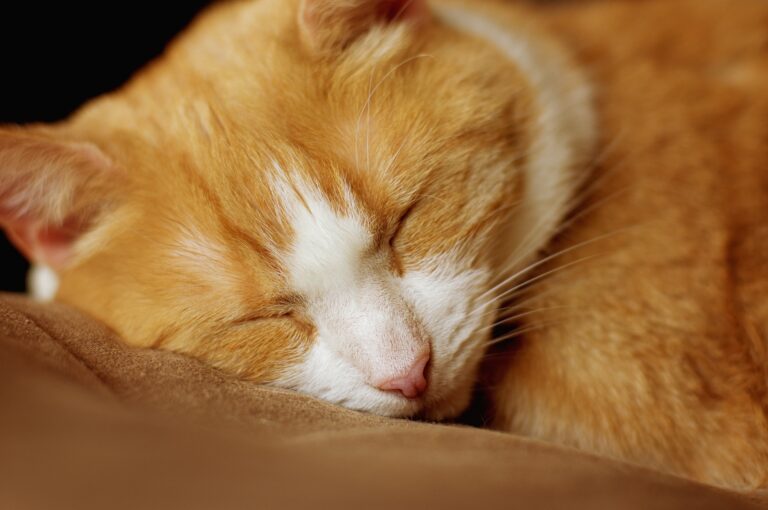Category: Feline Diabetes
Tags: Feline Diabetes, Diabetic Cat Care, Home Testing, Insulin, Injections
Always consult your veterinarian about your pet’s health and treatment plan. This site is owned and administered by volunteers, not medical professionals. We are not designed to take the place of your regular veterinary care.
Remission is the goal for many diabetic cats and their caregivers. It means your cat no longer needs insulin and is maintaining normal blood sugar levels on their own. But remission isn’t a cure—and without ongoing care, relapse is always a possibility. In this post, we’ll explain what remission really means, how to support it, and how to catch any signs of a return to diabetes early.
What Is Remission?
In feline diabetes, remission is defined as a period when a cat maintains normal blood glucose levels without insulin or other diabetes medications for at least two weeks. For many cats, especially those diagnosed early and tightly regulated from the beginning, remission is very achievable. But remission doesn’t mean the diabetes has disappeared—it simply means the cat’s pancreas is producing enough insulin for now. The condition can return, especially if blood sugar levels are no longer monitored or if dietary needs are ignored.
Supporting Remission Through Diet and Routine
The most important way to support remission is to continue feeding a low-carbohydrate, high-protein diet. Even small amounts of excess carbs can push a cat’s blood sugar back into diabetic ranges. Avoid reintroducing dry food or high-carb treats, even if your cat seems “back to normal.” Keeping a consistent routine also helps. Feed at the same times each day and maintain a predictable environment to reduce stress, which can also influence blood sugar.
Life After the OTJ Trial
Once your cat has successfully completed a trial period off insulin—often called an OTJ (off-the-juice) trial—they enter a new phase. Your cat is still diabetic but is now considered diet-controlled. This means the diabetes is being managed without insulin, thanks to proper diet and stable glucose regulation.
It’s important to continue feeding the same low-carb food that helped achieve remission. If you ever need to adjust the feeding schedule, let your glucose meter guide you—some cats respond better to small, frequent meals, while others do fine with set mealtimes.
Certain medications can raise blood sugar, especially those containing sugar or steroids. These should be avoided unless medically essential. It’s also a good idea to weigh your cat monthly. A stable weight is a sign of continued remission, while unexplained weight loss could signal relapse.
Continue testing blood glucose at least weekly for the first month, then monthly for life. If your cat ever seems “off,” starts drinking or urinating more than usual, or shows signs of illness, test right away. Dental disease is a common cause of relapse, so regular dental care is essential. If you see rising glucose levels over time, it’s time to check in with your vet.
Why Testing Still Matters After Insulin
Even in remission, blood sugar testing should continue—just less frequently. Weekly or biweekly tests are often enough to spot rising trends before they become dangerous. You don’t have to test every day, but keeping an eye on your cat’s numbers can give you peace of mind and help you catch a relapse early. Some caregivers use continuous glucose monitors (CGMs) like the Libre 2 or 3 for periodic monitoring without daily finger pricks.
See our blog on continuous glucose monitors here.
Warning Signs of Relapse
Relapse can be sneaky. The most common early signs include increased thirst, more frequent urination, greater hunger, and unexpected weight loss. Some cats also become more lethargic or start having accidents outside the litter box. If you notice any of these signs, it’s a good idea to do a quick blood glucose test—even if everything else seems normal. A fasting blood sugar consistently over 120 mg/dL (6.7 mmol/L) is a red flag that your cat may be coming out of remission.
What to Do if Blood Sugar Starts Rising Again
If you catch rising blood sugar early, there’s a good chance you can intervene before a full relapse. Contact your veterinarian and share your test results, including your feeding routine and any recent changes. Sometimes restarting insulin quickly can help a cat go back into remission. Don’t wait for symptoms to become severe—early action matters.
Is it Possible to Go Into Remission More Than Once?
Yes, some cats do go into remission more than once. If your cat relapses, it doesn’t mean you’ve failed. It just means their pancreas needs help again. With proper care, many cats can achieve a second remission—or at least return to a well-controlled state. What matters most is staying consistent and informed.
Living with a Remission-Maintained Cat
Caregivers often feel a mix of relief and anxiety once insulin is no longer needed. It’s completely normal to worry about relapse. The key is balance—stay alert, but don’t let fear dominate your relationship with your cat. Remission is a huge success, and with the right care, it can last months or even years. By continuing to monitor, feed appropriately, avoid unnecessary risks, and stay connected to a support community, you’re giving your cat the best possible chance to stay off insulin and thrive.
Join the forum and tell us about your cat!

